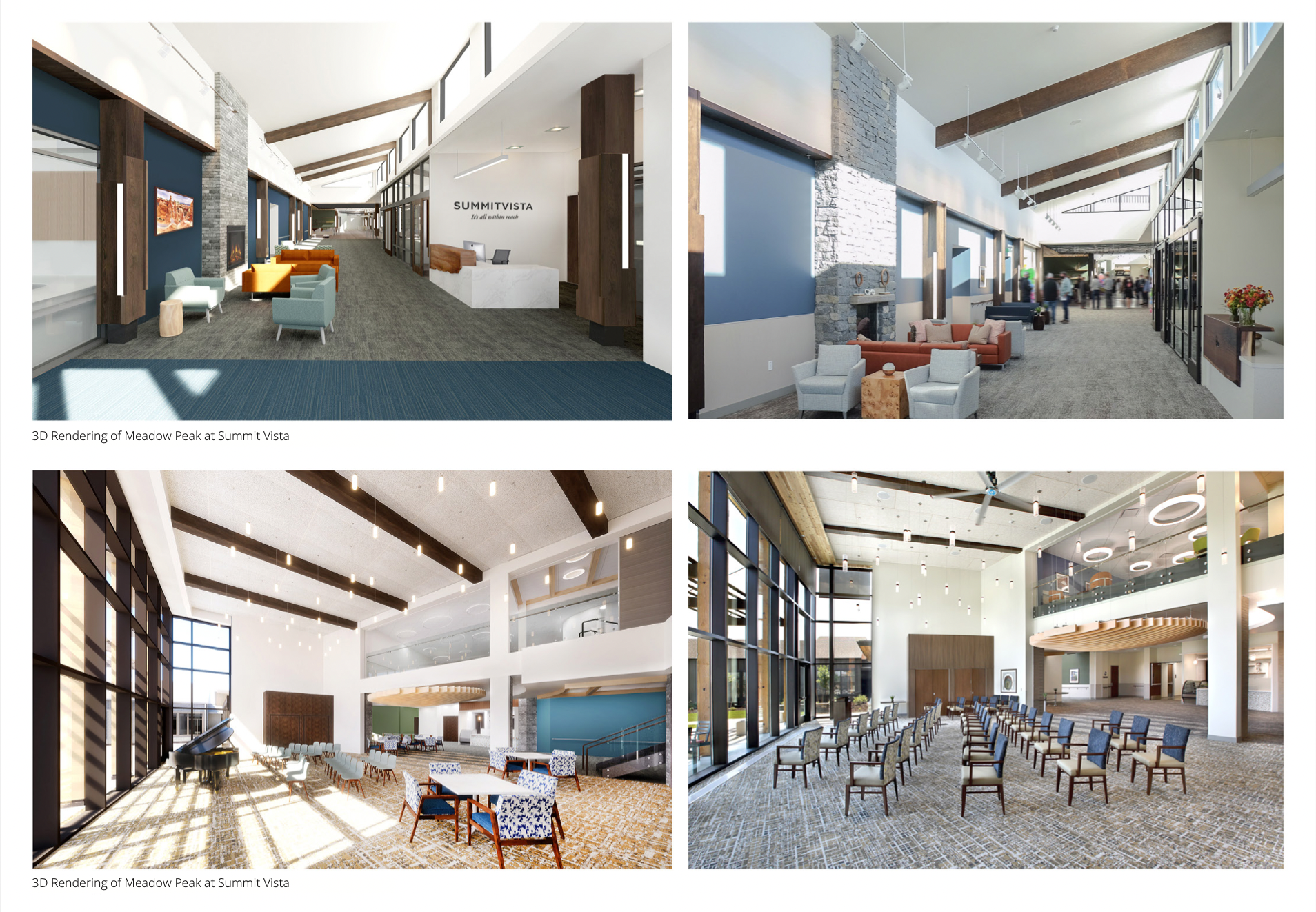

Breaking the Barriers of Reality
By Stephanie Kwok
Most clients are not professional architects or designers. They may not be able to read architectural drawings such as floor plans, elevations, and sections. Their eyes may gloss over when you show them 2D plans and black-and-white visuals. It’s hard for them to transpose those drawings in their minds. When it comes to bringing architectural design to life, realistic 3D renderings are a great tool to help clients to see the vision of the project. Additionally, it is a perfect marketing instrument for clients to use when advertising the project before it is finished.
3D renderings act as a digital graphic tool that allows the designer to create life-like images of a proposed design for their clients. It permits the designer to visualize the project from various perspectives, revealing different angles, spaces and even highlights design details. 3D renderings are often used in the architecture industry because they can present photorealistic illustrations of any design project.
3D architectural renderings are also important during the architectural design process. The clients, architects, designers, engineers, and contractors must maintain constant communication and feedback for a project to be successful. 3D renderings immediately grant all participants a thorough and global understanding of the project and removes individual interpretation of the design.
Architectural plan language can be confusing and complicated for the average person to read and understand because these drawings lack the three-dimensionality of architectural objects. Having fully detailed 3D rendered images means that architects and designers don’t have to leave anything to the imagination. Clients can get a complete view of proposed designs, enabling them to understand what the project will accomplish in the future. 3D renderings aren’t everything, but they are an important communication tool. 3D rendering and architectural visualization is the result of years and years of technology evolution and serve as the visual bridge between plans and the actual end result. It allows us to break the barriers of reality when it comes to architecture.
